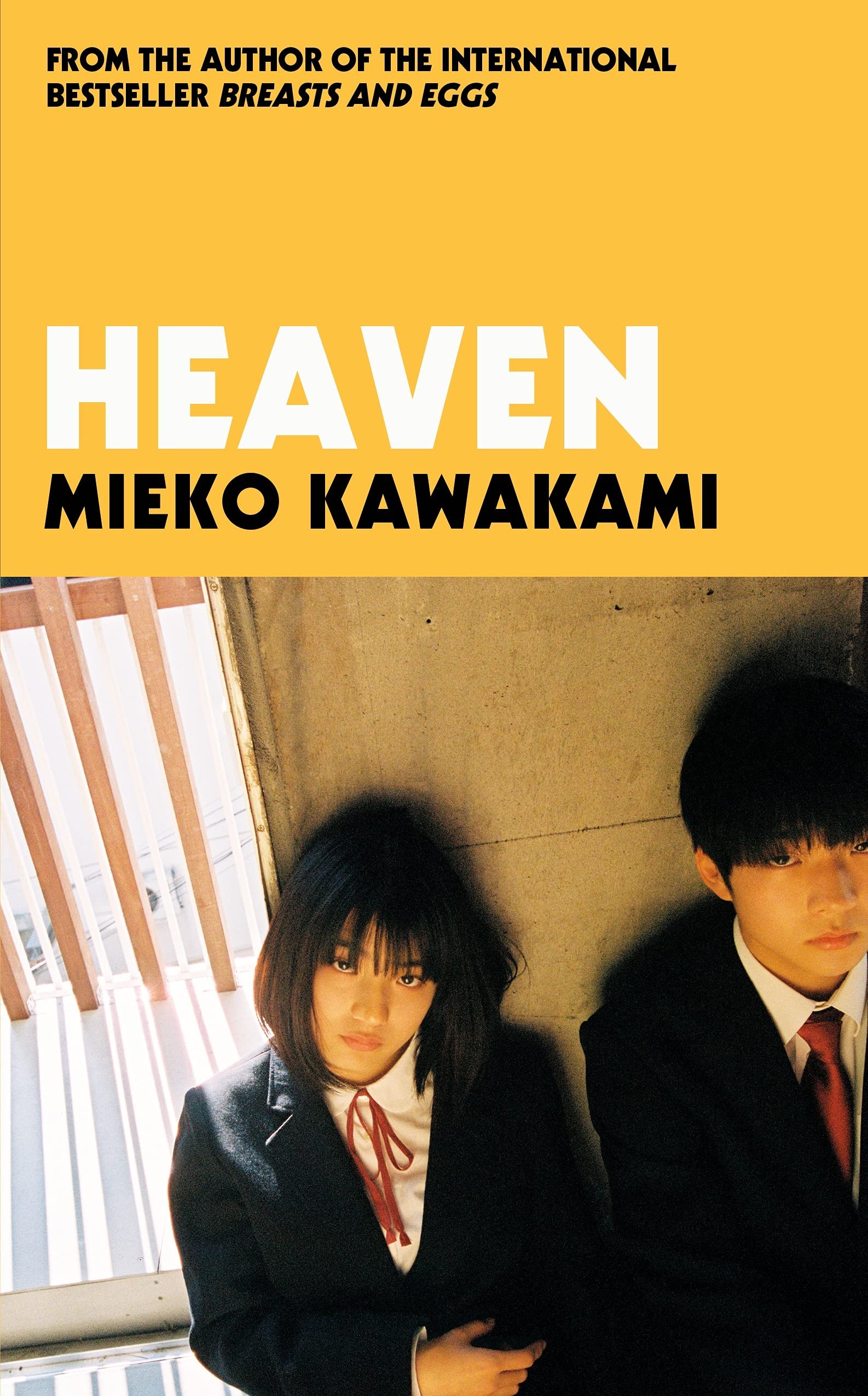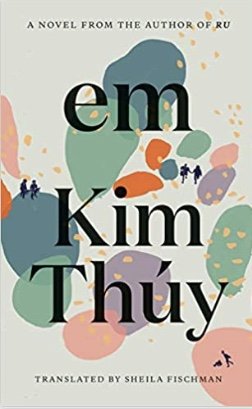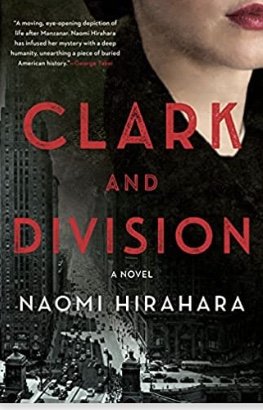Secrets from My Vietnamese Kitchen: Simple Recipes from My Many Mothers by Kim Thuy (Penguin Random House Canada)
“I depend on food to express as best I can my unconditional love.” novelist Kim Thuy says in her introduction to this cookbook. Although she herself is an accomplished cook who gave up a career as a lawyer to open a restaurant in Montreal, Thuy gives full credit to her mother and her “aunt-mothers” for the recipes that fill the pages of Secrets from My Vietnamese Kitchen. They are the women who taught her that food is love, “a tool for expressing our emotions.”
While most cookbooks introduce a particular cuisine and culture, Thuy’s introduces her family, beginning with her husband and two sons for whom she makes three separate meals every day between 3 and 8 o’clock, and then presenting her culinary lodestars, her mother and her five aunts.
Portraits of these stunning women introduce each section of the cookbook, beginning with The Fundamentals and ending with Desserts and Snacks. Their strong, beautiful faces and their brief introductory stories give this book an extraordinary dimension: the mother who “very easily gained a degree in aeronautical technology during our first years in Canada,” the aunt “who waited for her husband for ten years,” the aunt who kept her composure during a difficult divorce by silently conjugating French verbs, the rebellious aunt who found success in the United States, the aunt who lacks the ability to live alone but who has mastered “the art of conversation better than any of her sisters,” the aunt who is “the eternal beauty.” Thuy herself appears only at the very end, a dazzlingly radiant and “infinitely impatient” eater of desserts, with a self-description of ”Me, I tell stories.”
It’s difficult to take attention away from these women but the lessons they teach their readers are equal to that task. No detail is ignored nor previous knowledge assumed--cook rice noodles in cold water and turn off the heat as soon as the water boils; when cooking fish with turmeric, use “three times as much dill as fish;” serve heaping platters of vegetables, raw and cooked, with almost every meal; use a spray bottle filled with warm water to moisten and soften soften rice paper wrappers. And don’t forget the fish sauce, without which “most Vietnamese couldn’t cook, couldn’t EXIST,” or the fresh herbs that “leave a memory of their perfume long afterward…like a lover’s kiss.”
A bounty of soups, including one that’s made more rapidly than packaged instant ramen, one-dish meals of stir-fries and noodle bowls, vegetables that become the stars of any dining table, the hazardous and irresistible delights of fried food and the savory pleasures of grilled snacks, “slow-cooked” meals that rarely take more than an hour before they’re on the table; desserts that almost always feature fruit as the main ingredient--all of these are presented in tempting and uncomplicated recipes that range from summer food to hearty warming dishes for cold weather.
And of course there are the stories. In the middle of a war, while still living in Vietnam, Thuy’s father often made a dangerous four-hour drive to have coffee with his grandfather, coffee that was made from the beans eaten by foxes and excreted whole from their bellies. Thuy’s Saigon childhood was filled with the music of bells, announcing vendors who nestled scoops of ice cream within a small brioche--a gourmet’s version of an ice cream sandwich. She tells how her mother made dumplings in a refugee camp, rolling out the dough on the rusty metal cover of a water barrel and how in the camp her entire family once shared a bag filled with a cold and sweet soft drink, passing it from hand to hand so that each of the thirteen people had three tastes from the single straw inserted in the closed bag.
When Thuy’s first novel, Ru, received Canada’s Scotia Bank Giller Prize, the Giller jury praised her for “reinventing the immigrant story.” She quickly corrected them, saying she writes refugee literature. “Refugee and immigrant are different. A refugee is someone ejected from his or her past, who has no future…in a refugee camp you live outside of time.”
Her novels all convey that state of timelessness in its truest dizzying sense, a dream-like quality that gives her stories the opaque and distant feeling of being “stateless, part of nothing.” Although Thuy’s fiction draws heavily upon her escape from Vietnam on a hardscrabble boat, her nights of sleeping in a cobbled-together shelter in a refugee camp, her time as a lawyer in Hanoi, her days as a restaurateur, and her mothering of an autistic child, she weaves her life into narratives that avoid sentiment or emotion, books that feel almost flattened in their straightforward and compressed plots.
It’s within this book, through the faces and the food of her mothers, that she reveals bright flashes of who she is and where she comes from. Not quite a memoir, not only a cookbook, these secrets from a kitchen are nourishing on a number of different levels. They remind North American readers that we all are descended from refugees, people whose differences have made our countries vibrant and our food choices delicious.~Janet Brown








